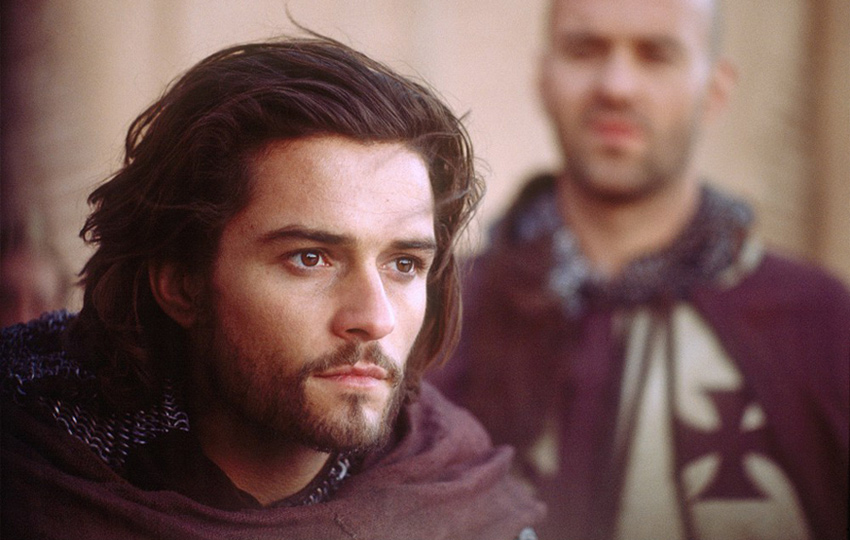
The success and failure of a motion picture can’t always be attributed to the vision, or the lack thereof, of a filmmaker. It is very much a studio-meddled participation, as much a director’s medium.
The work of an auteur is nothing but a myth, as history has shown us how even the legendary filmmakers suffered because of the high interference of the studio executives. In the end, the success of a film largely depends on the perfect balance of creativity and commercial change. It is nothing but a rare event; so in most cases, the filmmakers chose to conform with the producer’s demand at the time of release, or had to do it for the contractual obligation. Sad but true, cinema is still a very expensive art form.
History has been kind to the visionaries of cinema, though. Even if contemporary audiences didn’t get the chance to watch prophetic visions expressed on the screen, the unofficial prodigies of the masters had later shaped their films as envisioned at the time of shooting. The later re-releases, with or without the participation of the original filmmakers, had seen huge anticipation from crowds and were sometimes transformed into a historical event.
This article is written to celebrate these occasions – where a great movie cut during release was later granted a greater afterlife. That’s why they are great – they are not a typical story of compromise. Without further ado, here are 10 great movies that were cut during release.
1. Cinema Paradiso
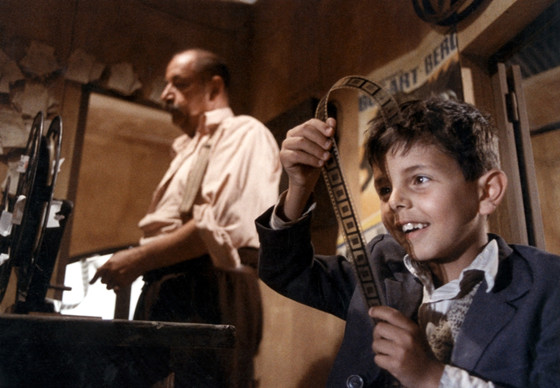
The Italian masterpiece “Cinema Paradiso” is every film lover’s wet dream, even in its theatrical cut. That brings out the curiosity: how good was the original director’s cut, running at two hours and 47 minutes? While the theatrical cut emphasized more on the Salvatore-Alfredo friendship and the love of cinema, Alfredo’s relationship with his lady love Elena got sidelined and appears as a mysterious event.
The original director’s cut balances out this relationship along with the one with Salvatore. The revelation that Alfredo somehow manipulated their relationship to let Salvatore choose cinema as a profession adds more layers to the film. Also, unsurprisingly, the director’s cut features more odds to cinema and younger escapades of Alfredo than the trimmed version.
Despite being severely cut for its international release in an early example of studio interference by Harvey Weinstein – the theatrical cut was under two hours – this version was vastly superior to the director’s cut, keeping the magic and etherealness of the small Italian town intact.
2. Blade Runner
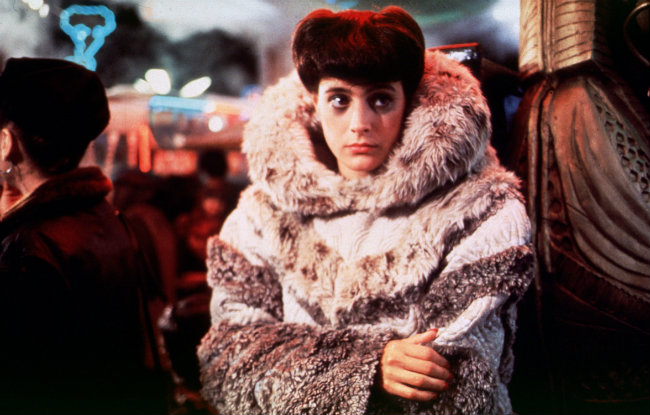
Not only for the highly duplicated techno-noir influence that it has on millennial sci-fi films, but the immeasurable versions available as the definitive “Blade Runner” cut made the Ridley Scott classic a great archival, academic, and casual topic of discussion. Officially known, seven versions exist for sale as the “Blade Runner” cut for now.
The final cut released in 2007 is widely known as the best version of “Blade Runner,” which is four minutes longer than the first cut ever shown to an audience. Impacted by the negative reaction of the test audiences, the studio insisted on a happy ending, which was maintained in the first theatrical release version. It destroyed the moody, melancholic tone of the definite techno-noir that would be added in later releases. The famous unicorn dream would also be reinstated in the later versions along with the gore that was muted down for the official release.
3. Das Boot
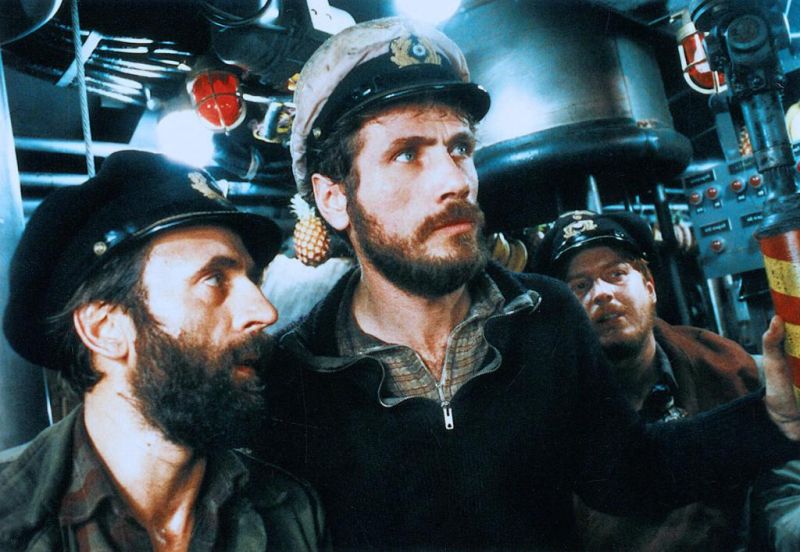
Judging the patience of the average cinegoers, the running time of the atmospheric war masterpiece “Das Boot” was trimmed down to two hours and 29 minutes for its international release from the six hours of original runtime. But unlike the major films where the studios took control, here the decision was taken and supervised by director Wolfgang Petersen himself, and while not the same result as the original, this version represented the chaotic chamber drama well.
The claustrophobia that the submarine crews endured in their journey to uncertain oblivion didn’t have enough scope to highlight in the theatrical release, but as it was administered by the original person in charge, the theme and mood of the film remained intact. Independent of the version – theatrical or director’s – “Das Boot” remains as one of the best anti-war films of all time. But it is advisable to watch the six-hour long version instead if there is an option for the viewer to choose.
4. Touch of Evil
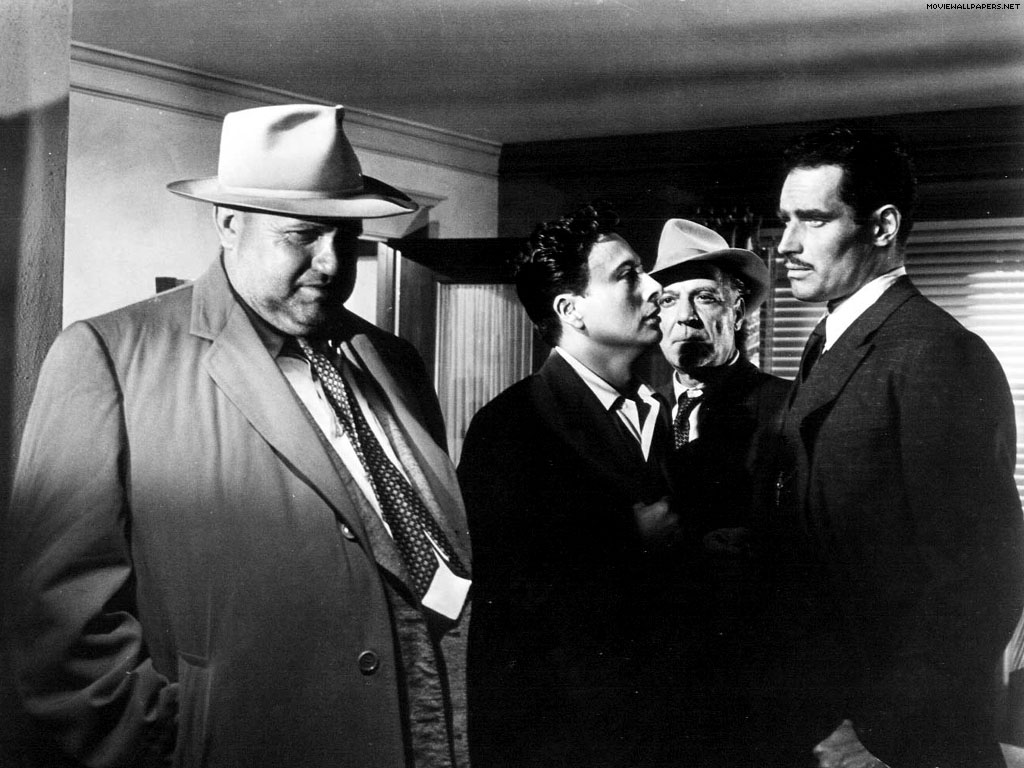
From the very beginning of “Touch of Evil,” we see the comeback of a true auteur in celluloid after many years. The carefully planned and choreographed introductory one-take action sequence immediately submerges the viewer in the uncomfortable geography of the US-Mexico border. But the tragic fate Orson Welles always had in terms of artistic control will again hinder the making of the last superior film noir in its golden period.
The executives at Universal Pictures and Welles clashed over the use of title credit and music in that one-take sequence, which, according to Welles, would distract the viewer. Welles sent a 58-page memo to the producers as a request to preserve his artistic choice where he suggested the inclusion of the credits at the end – and he was ultimately robbed of his control in the post-production process.
The film was released in a 93-minute version with several reshoots under the supervision of Harry Keller after Welles refused to conform. Welles also wanted a suspense-building cross-cutting of the main story and Janet Leigh’s subplot, which was maintained in the 1998 re-edited release, supervised by Walter Murch. With the gained confidence of the rerelease of “Touch of Evil,” Murch would segue to the editing of the redux version of “Apocalypse Now,” which he initially refused out of the fear of a lengthy and futile process.
5. Spartacus
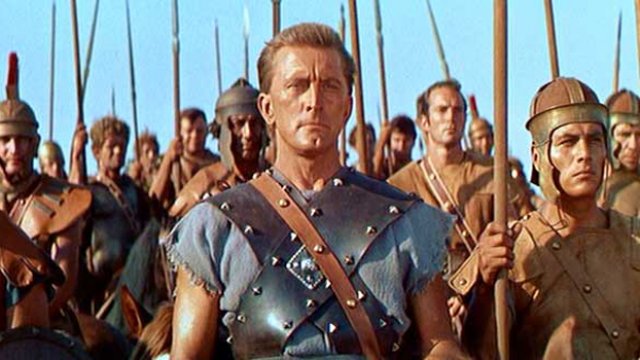
Along with the posthumous “Eyes Wide Shut,” “Spartacus” was the only film Kubrick had no creative control over. While Kubrick’s accidental death enabled the producers to scissor portions of the film at no one’s mercy – if Kubrick had been alive, it would be highly unlikely that this trimming would even happen – in “Spartacus,” Kubrick was in contractual obligation with the producers of the film.
At the time of filming, Kubrick was only 30 years old, although he had already made “Paths of Glory.”. Even with the limited creative control he had, Kubrick fought with his veteran director of photography Russell Metty over the use of lighting. He precisely planned many gory battle sequences, but after a negative preview screening, it was all chopped except one.
The famous erotic scene with analogies of oysters or snails was also absent from the theatrical cut for projecting the queer sexual undercurrent in the Roman Empire. Kubrick later disowned “Spartacus” from his filmography. The first theatrical release deleted 14 minutes from Kubrick’s version and the re-release in 1967 chopped 23 additional minutes from the film. This abandoned 23 minutes were again joined in the 1991 re-release along with the previous 14 minutes to present “Spartacus” in its full glory.